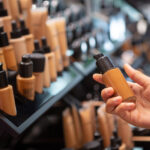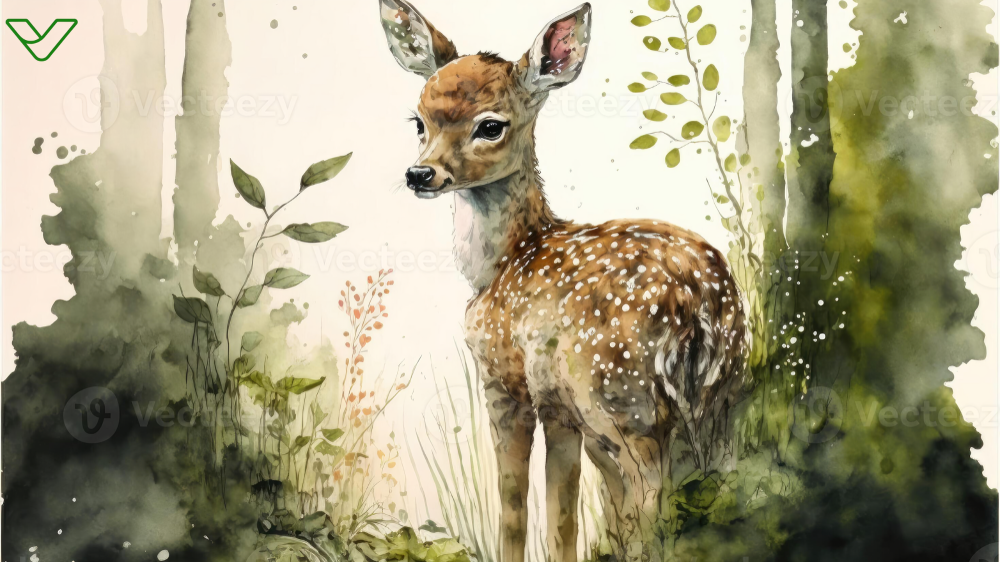The Art of the Zoo has emerged as a compelling style in international art, merging creativity with a profound appreciation for the natural world. This style no longer celebrates the splendor of animals but also increases cognizance approximately the significance of conservation and the complex ecosystems they inhabit. In this text, we delve into the world of Art of Zoo, exploring its origins, key artists, notable works, and its impact on flora and fauna conservation. We can even offer guidelines for creditors and fans on a way to have interaction with this unique artwork form.
Introduction to the Art of the Zoo
The Art of Zoo is a spotted but fascinating style that specializes in flora and fauna through artistic expression. This style encompasses diverse kinds of art, which include paintings, sculptures, digital artwork, and installations, all celebrating the majesty and variety of animals.
What is the Art of a Zoo?
The art of Zoo is characterized via its determination to depict animals in artistic and regularly ingenious methods. Artists within this genre, goal to capture the essence of wildlife, portraying not just physical appearances but also the spirit and behavior of animals. This artwork form serves both aesthetic and educational purposes, highlighting the splendor of the natural world at the same time as fostering a deeper connection between humans and wildlife.
Importance of Art of Zoo
The significance of the Art of Zoo lies in its potential to encourage and train. By showcasing animals in numerous artistic forms, it brings interest to species that can otherwise pass unnoticed and underscores the need for conservation efforts. This artwork form can evoke emotional responses, sell empathy in the direction of animals, and force awareness approximately the challenges they face within the wild.
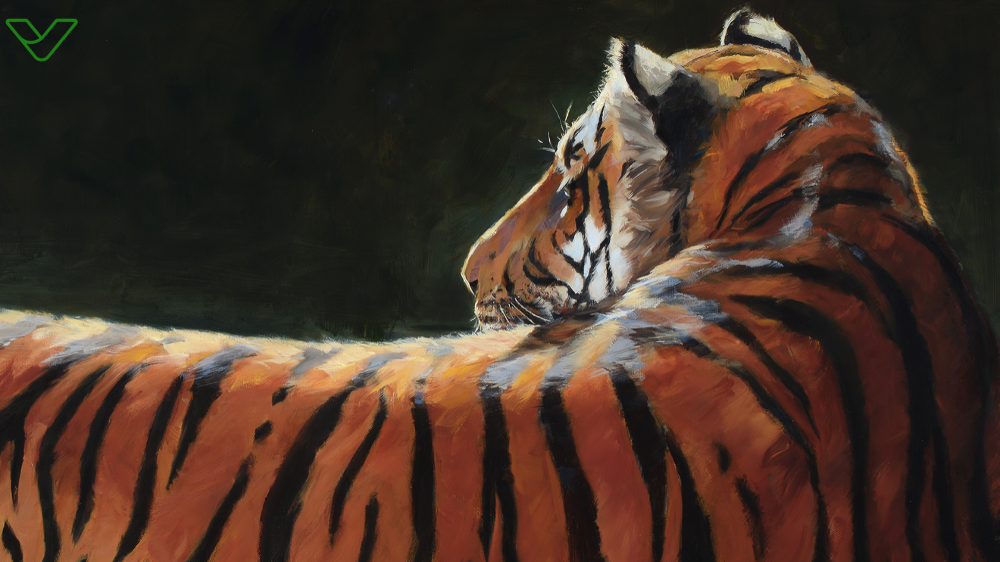
Historical Context of the Art of Zoo
The Art of Zoo style has a rich record, evolving over centuries from early depictions of animals in art to modern expressions.
Early Depictions of Animals in Art
Historically, animals have been featured in artwork due to historical instances. Early examples consist of cave artwork and Egyptian hieroglyphs, which depicted animals in a symbolic or purposeful way. These early artistic endeavors frequently served-secular or cultural purposes, reflecting the function of animals in human societies.
Evolution of the Art of Zoo
With the advent of the Renaissance, artists started to consider more about the realistic portrayal of animals. The Art of Zoo style won momentum in the 19th and twentieth centuries as artists started out to discover flora and fauna as subjects of their own right. This length saw the upward push of naturalist artists who meticulously documented animal species, contributing to medical understanding whilst celebrating their splendor.
Contemporary Art of Zoo
In recent decades, the Art of Zoo has increased to consist of a wide range of media and styles. Contemporary artists use innovative strategies to highlight environmental issues and sell conservation. Digital artwork, blended media, and interactive installations are now commonplace, allowing artists to explore new dimensions of wildlife representation.
Prominent Artists within the Art of Zoo
Several artists have made vast contributions to the Art of Zoo style, each bringing their specific vision and approach to natural world illustration.
Beatrix Potter
Beatrix Potter, renowned for her fascinating illustrations of animals, is a key determiner in the Art of Zoo style. Her loved characters, consisting of Peter Rabbit and Jemima Puddle-Duck, have captivated audiences for generations. Potter’s specified and affectionate portrayals of animals inspire children and adults.
Robert Bateman
Robert Bateman is a contemporary artist regarded for his realistic and designated natural world paintings. His works, which often feature North American flora and fauna, are celebrated for his or her accuracy and emotional intensity. Bateman’s art goals goal to foster a deeper knowledge of and recognition of the world herbal.
Carl Rungius
Carl Rungius, a twentieth-century artist, is known for his natural world artwork, especially of North American game animals. His paintings display a deep appreciation for wildlife and the natural environment, capturing the majesty of animals in their habitats. Rungius’s artwork continues to influence current flora and fauna artists.
Four Art Wolfe
Art Wolfe is a renowned photographer whose paintings span various genres, along with flora and fauna pictures. His stunning snapshots capture the beauty and variety of flora and fauna around the arena. Wolfe’s photography not best showcases animals but also highlights the importance of conservation and environmental stewardship.
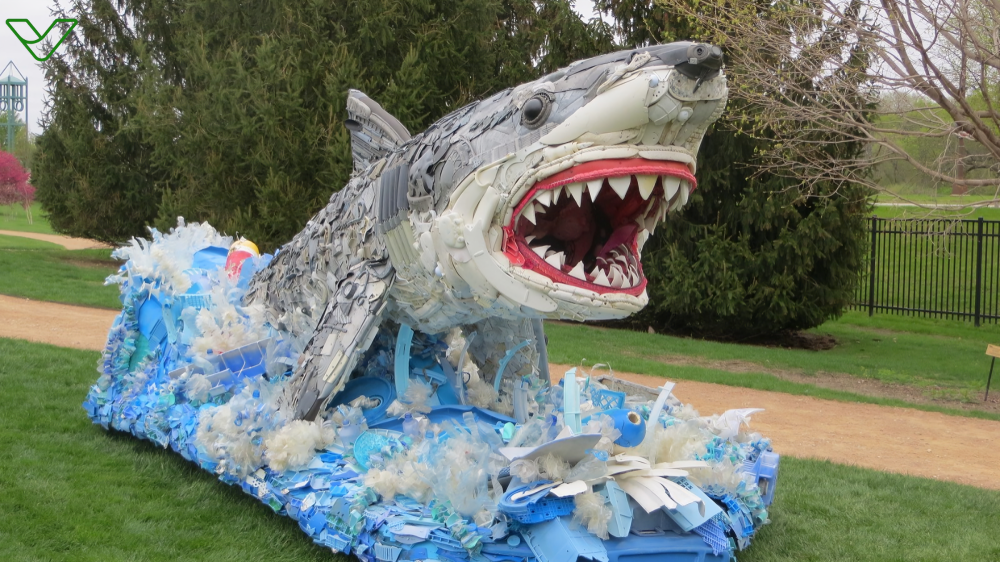
Notable Works in the Art of Zoo
The Art of Zoo style consists of a global array of exquisite works which have left an enduring effect on global artwork and conservation efforts.
The Lion’s Share with the aid of Robert Bateman
Robert Bateman’s “The Lion’s Share” is a striking portrayal that depicts a lion in its herbal habitat. The painting are well known for its realism and interest in detail, capturing the grace and strength of this majestic animal. The painting also serves as a reminder of the importance of retaining lion populations within the wild.
Beatrix Potter helping Peter Rabbit
Beatrix Potter’s “Peter Rabbit” is an iconic illustration that has ended up synonymous with youngsters’ literature and flora and fauna artwork. The man or woman of Peter Rabbit, with its endearing traits and particular portrayal, remains a cherished symbol of the Art of Zoo genre.
Dall Sheep with the aid of Carl Rungius
Carl Rungius’s “Dall Sheep” is a masterful depiction of these iconic North American animals. The portrayal captures the strength and beauty of the sheep in their mountainous habitat, reflecting Rungius’s deep connection to flora and fauna and the natural international.
Tree of Life by Art Wolfe
Art Wolfe’s “Tree of Life” collection captures stunning images of numerous natural world species in their herbal habitats. The series highlights the interconnectedness of life and the importance of keeping natural environments for destined generations.
The Impact of the Art of Zoos on Conservation
The art of Zoo plays a vital role in elevating the focus on wildlife conservation and environmental problems.
Raising Awareness
Through compelling visuals, Art of Zoo draws attention to endangered species and the challenges they face. Artworks can deliver complicated messages approximately conservation in a way that is accessible and attractive, encouraging visitors to do so.
Supporting Conservation Efforts
Many artists within the Art of Zoo genre actively aid conservation groups and projects. By donating proceeds from their work or partnering with conservation corporations, these artists make a contribution to efforts aimed toward shielding wildlife and their habitats.
Inspiring Action
The emotional impact of wildlife art can inspire viewers to emerge as extra worried about conservation efforts. Whether through helping natural world charities, taking part in smooth-up events, or advocating for policy changes, Art of Zoo can encourage individuals to make a distinction.
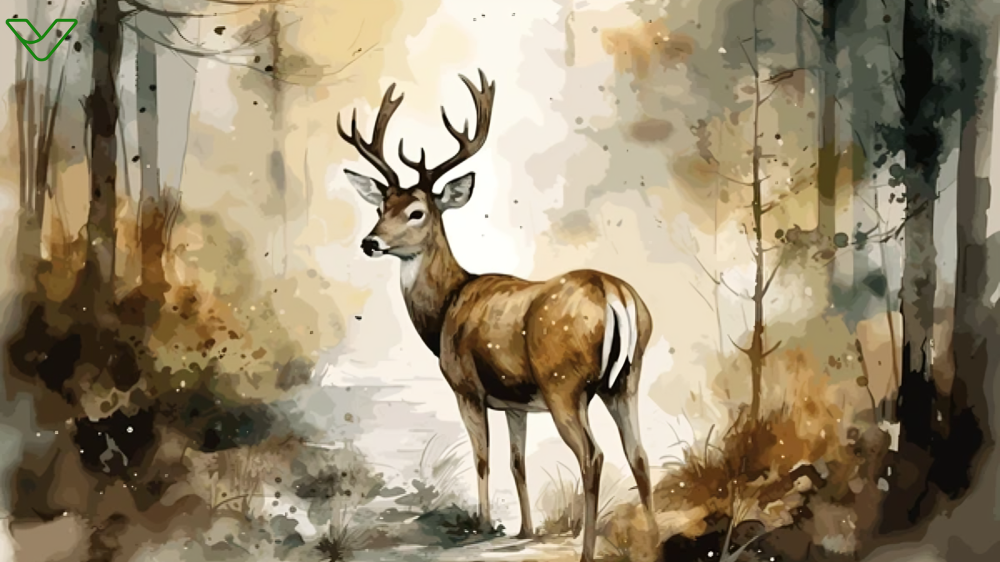
Collecting Art of Zoo
For creditors and fanatics, Art of Zoo gives a completely unique and significant addition to any art collection.
Choosing Artworks
When deciding on Art of Zoo portions, keep in mind the artist’s style, the challenge depends, and the on artwork’s significance. Look for works that resonate with you on my part and that reflect the splendor and importance of the natural world.
Supporting Artists
Support artists by means of shopping for their work via reputable galleries, exhibitions, or immediately from their studios. Consider attending artwork shows and occasions to find out new competencies and learn more approximately the Art of the Zoo genre.
Caring for Your Collection
Proper care and renovation are essential for retaining the fee and sturdiness of your artwork series. Ensure that works of art are displayed in suitable conditions, faraway from direct daylight and moisture, and don’t forget to consult with conservation specialists for recommendations on proper coping with and storage.
How to Engage with the Art of the Zoo
Engaging with Art of Zoo can be a rewarding experience, whether through viewing, collecting, or participating in associated activities.
Visiting Exhibitions
Visit art galleries and museums that have characteristic natural world art exhibitions. These venues regularly show off loads of Art of Zoo pieces and offer opportunities to study extra about the artists and their work.
Participating in Art Events
Attend art festivals, auctions, and different activities that focus on natural world art. These gatherings offer a risk to connect with artists, collectors, and enthusiasts, and to explore new and interesting works.
Supporting Conservation through Art
Consider assisting conservation efforts via artwork-associated initiatives. Many companies collaborate with artists to promote natural world conservation and lift the price range for crucial reasons.
More: Reddit
The Future of the Art of in zoos
As the Art of Zoo style continues to adapt, it is expected to include new technologies and innovative strategies for natural world representation.
Technological Innovations
The integration of technology, including digital truth (VR) and augmented fact (AR), gives exciting opportunities for Art of Zoo. This technology can create immersive stories, permitting visitors to engage with natural world art in new and interactive approaches.
Expanding Media and Techniques
Artists are usually exploring new media and techniques to represent wildlife. From virtual artwork to mixed media installations, the Art of Zoo genre is expanding to include various styles of expression that replicate modern issues and improvements.
Growing Global Awareness
As international cognizance of environmental and conservation issues grows, the Art of is in all likelihood play an an increasing vital roles in advocating for natural world safety. Artists will preserve to use their systems to focus on urgent-conservation demanding situations and inspire high-quality exchange.
Conclusion
The Art of Zoo style is a colorful and impactful field that celebrates the splendor and diversity of flora and fauna through creative expression. By exploring the works of distinguished artists, in expertise the historical context, and attracting with the artwork shape, you can benefit from a deeper appreciation for the position of artwork in conservation. Whether you’re a collector, enthusiast, or sincerely a lover of flora and fauna, Art of Zoo offers a unique way to hook up with and guide the world herbal. Through its captivating portrayals and significant messages, Art of Zoo keeps encouraging, educate, and motivating a greater appreciation for the wild creatures that percentage our planet.



